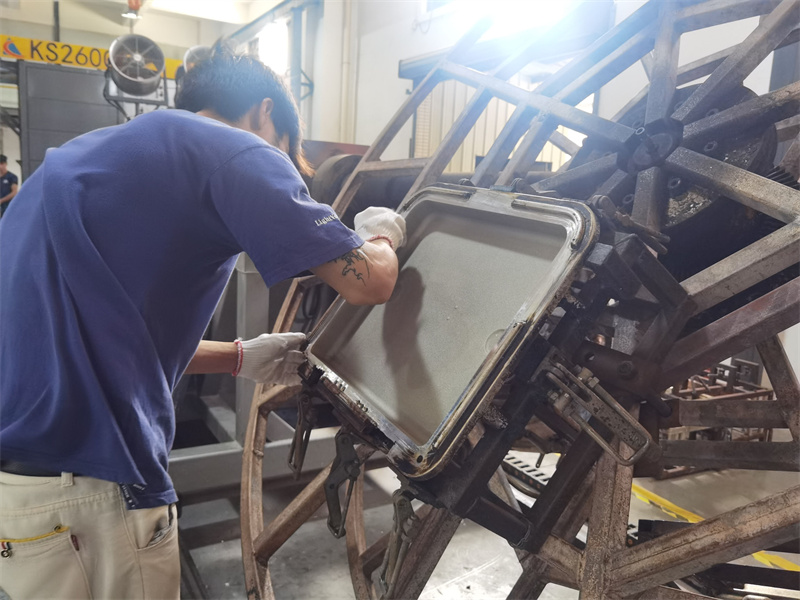What are the Distinguish Characteristics of Molds for Rotational Molding
 Sep 05,2023
Sep 05,2023

What are the Distinguish Characteristics of Molds for Rotational Molding?
When compared with other plastic forming process like injection, extrusion and blow molding, that requires require high temperature and pressure resistance, rotational molding process uses centrifugal force to fill the mold instead of pressure. When being heated, the mold itself needs to transfer the heat source quickly through the metal into the plastic powder. And then, the mold needs to dissipate heat as soon as possible to accelerate cooling. there are significant differences in design and manufacturing the molds for rotational moldings. The main characteristics are as follows.

As very little pressure is required in the rotational molding process and no coring for cooling is necessary, the rotational mold has a relatively simple structure without a hot runner, nor cooling groove. Because of this simplicity, the cost of a rotational mold is lower that for a comparable injection or blow mold.
Rotational molds require good thermal conductivity and heat dissipation, which requires that the wall thickness of the mold should be as thin as possible while ensuring the strength of the mold, and the material used in this mold should have good thermal conductivity.
Most rotational molds are manufactured in two pieces. Some designs require three-pieces or 4-pices molds depending on the requirements. Molds can be as simple as a round object or complex with undercuts, ribs and tapers. Selection of rotational molds depends on the size, shape and surface finish of the piece to be molded, as well as the number of molds made for a particular piece. Molds should be as thin-walled and lightweight as possible.
Molds are usually mounted to frames in halves to allow them to be placed on the machine. In some cases, multiple molds will be placed on the same frame known as a spider. This can provide substantial savings in demolding and charging the molds reducing cycle times.
Molds must be vented to allow heated air to flow freely in and out during the process. If the venting tube is too small or poorly designed its possible for the mold to be subject to pressure and either explode or implode. The vent tube must also be deep enough to project through the powder pool so material does not flow out of the pipe during the rotation.
Molds can also be treated on the surface to provide a range of different surfaces on the final products and the outside of the mold can be treated by various methods including adding pins roughening the outside and using black paint to increase cycle times.
Please contact us via email or online chat if you need to learn more about rotational molding technology.
 Tel: 0086-13632687993
Tel: 0086-13632687993  Email: roto@lightvenus.com
Email: roto@lightvenus.com

 Home
Home Rotomolded Plastic Speaker Enclosures are Widely Used in Professional Applications
Rotomolded Plastic Speaker Enclosures are Widely Used in Professional Applications  You May Also Like
You May Also Like



 Tel
Tel
 Email
Email
 Address
Address








